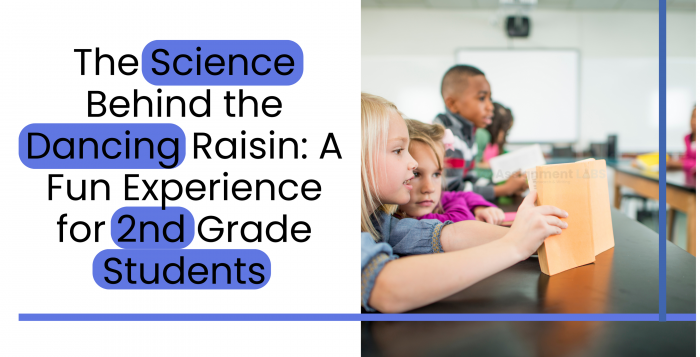The Science Behind the Dancing Raisin: A Fun Experience for 2nd Grade Students
Welcome to the world of scientific exploration! In this guide, we will embark on an exciting journey to uncover the secrets behind the Dancing Resin experience, a joyful and educational experience specially designed for second grade students. Get ready to watch raisins come to life as we explore the fascinating science behind this fun activity. If you’re a science student tasked with discovering ‘The Science Behind the Raisins: A Fun Experience for 2nd Grade Students’, then you’re in luck! Our platform provides the best online assignment help UK, even on urgent deadlines.
Introduction To The Dance Raisin Experience
- Begin by introducing students to the concept of the dance raisin experience. Explain that they will conduct a hands-on activity to observe how a raisin moves in a soda glass.
- Spark their curiosity by discussing the idea of gas bubbles in soda and how they interact with objects in the liquid.
Required Ingredients
- Gather the materials needed for the experiment, including clean glasses, carbonated soda, and raisins. Encourage students to observe and touch each item, fostering a sense of anticipation and engagement.
Working Method
- Guide students through the experiment step by step. Start by pouring soda into glasses, then add a few raisins to each glass.
- Encourage students to observe closely and describe what they see when the raisins interact with the soda. Encourage them to use descriptive language and engage their attention.
Explanation of Science
- After completing the experiment, gather students to discuss their observations. Explain the scientific principle behind dancing raisins: The carbon dioxide gas bubbles in the soda attach to the rough surface of the raisins, causing them to rise to the surface. When the bubbles burst on the surface, the raisins sink back down, creating a dancing effect.
Extension Activities
- Deepen students’ understanding by introducing extension activities related to the experience. This could include discovering other objects floating or sinking in soda, researching the chemical composition of carbonated beverages, or conducting different scenarios of the experiment with different liquids.
- Encourage students to document their results in a science journal or create a poster to share with their peers.
Conclusion
The Dancing Raisin Experience offers an engaging way for second grade students to explore scientific concepts such as buoyancy, gas bubbles, and chemical reactions in a hands-on and engaging way. By uncovering the secret behind this simple yet fascinating activity, students not only develop a deeper appreciation for science but also foster critical thinking and curiosity about the world around them.
So, grab your glasses and raisins, and let’s dive into the magical world of science with the Dancing Raisin Experience.



